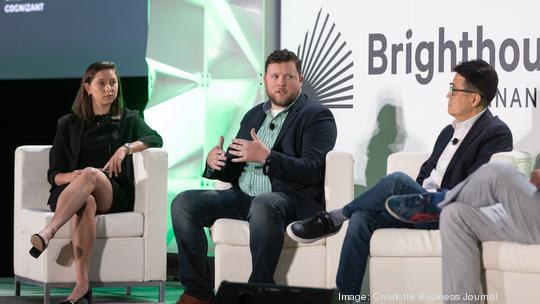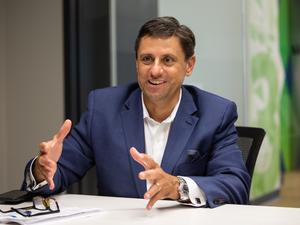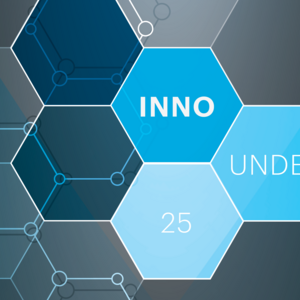
Neobanks may be growing in popularity, but each one has a big dilemma — what's the path to profitability?
These financial-technology firms, also called challenger banks, offer digital-only banking services and a more streamlined experience for customers. They often specialize in certain financial products and bill themselves as an alternative to legacy banking institutions. Popular examples in the U.S. are Chime, Current or Varo.

A key part of the neobanks is speed — refinancing student loans more quickly, or getting a customer's money to them faster. Now, they are also buying into a community-focused, culture-driven model, said Chris Rigoni, managing director at Connecticut-based Webster Bank. Nerve, for example, is tailored toward musicians.
He said a neobank must make sure the market to which it is appealing is a sustainable one. The business model has to be legitimate. Risk and compliance must be intact.
"If you're saying you're going to get 4 million accounts by year two, we're going to work with you to say, 'OK, well, what's really the market?'" Rigoni said.
Rigoni shared his thoughts as a panelist at this week's Generations 2022 conference, which focused on the fintech and insurtech industries. He was also joined by John Waupsh, co-founder and CEO of Nerve; Matthew Lee, chief information officer at Cognizant; and moderator Ashlyn Lackey, vice president of startup commercialization at Citi.
Lee suggested neobanks build their products with scale in mind.
Launching a neobank is no simple task. It can take years to get the necessary approvals, Lee said. As a result, many are deciding to merge with traditional banks.
Lee said it is often easier to start with lending products — which are more complex — and then move into the deposit space. The other way around is a harder jump, Rigoni said. Profitability also tends to come from the lending side, he added.
"This all sounds really nice and elegant and easy, (but) ... it doesn't work that way," Waupsh said. "The way it works when you're actually running a business is it's messy and you're always making mistakes."
An important aspect of the growing neobank industry is the banking-as-a-service provider, which helps neobanks integrate with traditional bank services. BaaS providers offer the necessary infrastructure for a neobank to provide financial services under its own brand. Waupsh expressed skepticism about overall satisfaction with the providers. Rigoni said, however, there is no real case to get rid of these intermediaries.
Moving ahead, Rigoni expects more consolidation in the neobank industry as funding models decrease. Some may also turn to partnerships to reach profitability.





